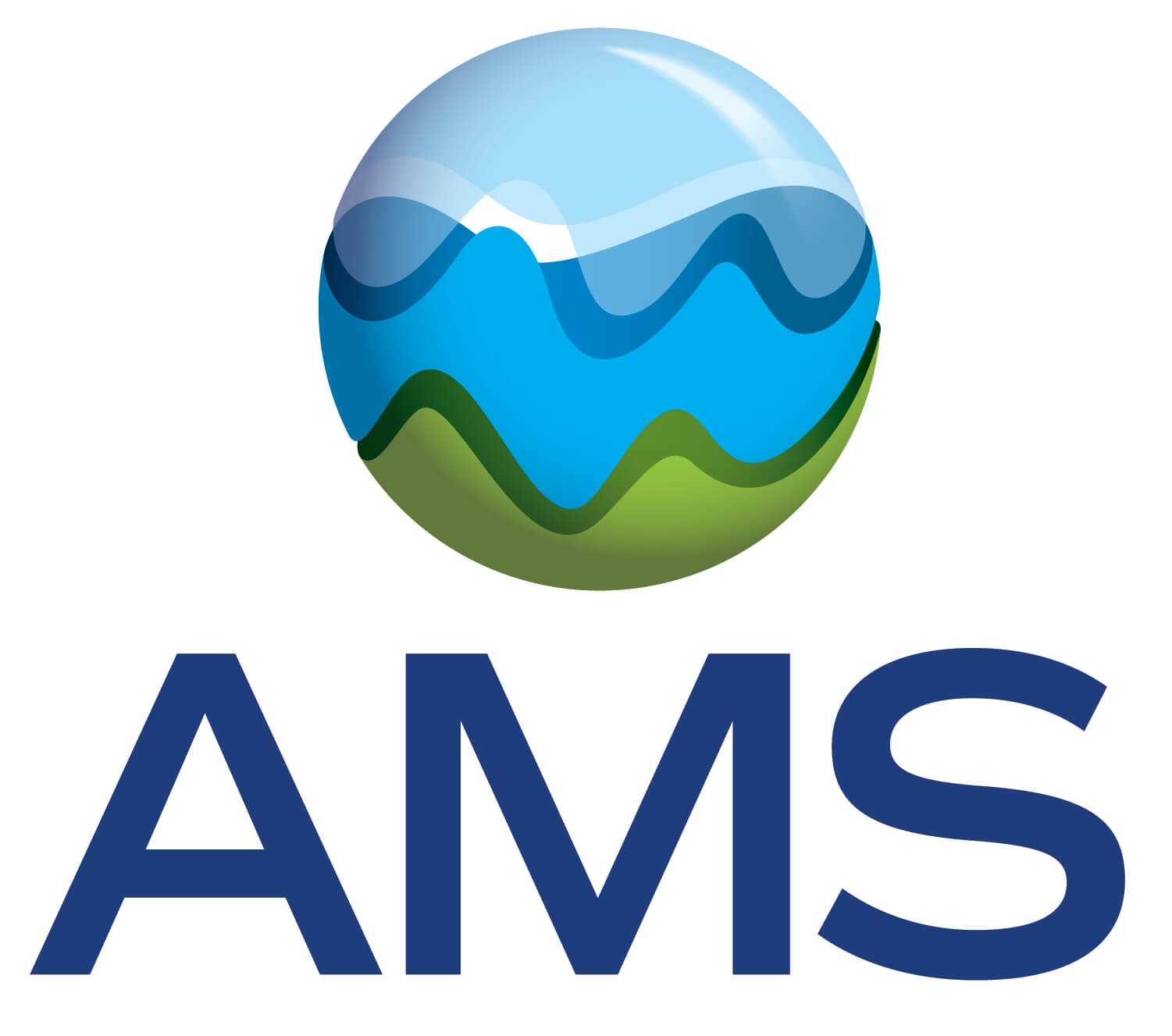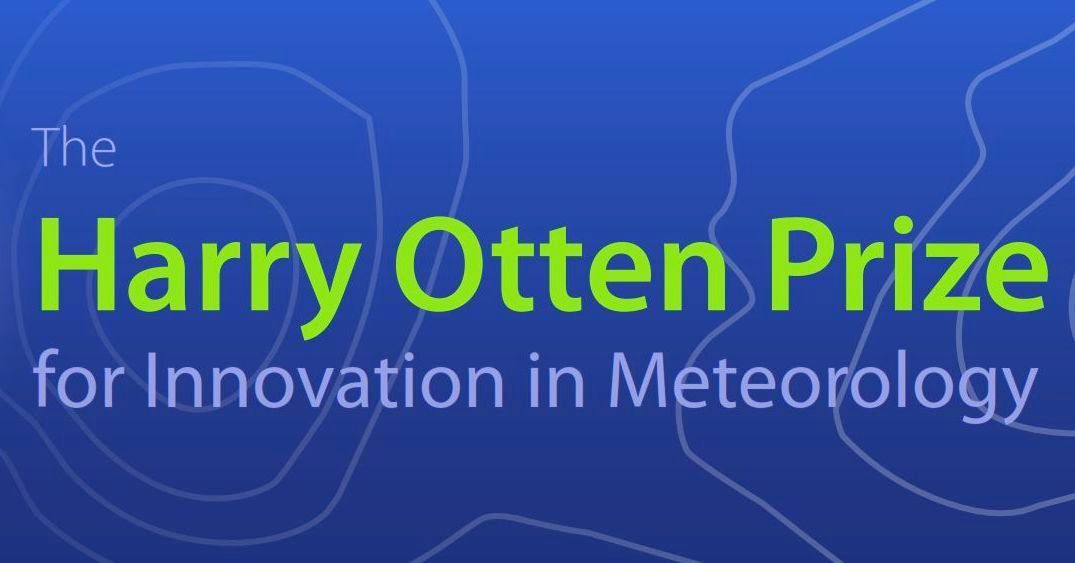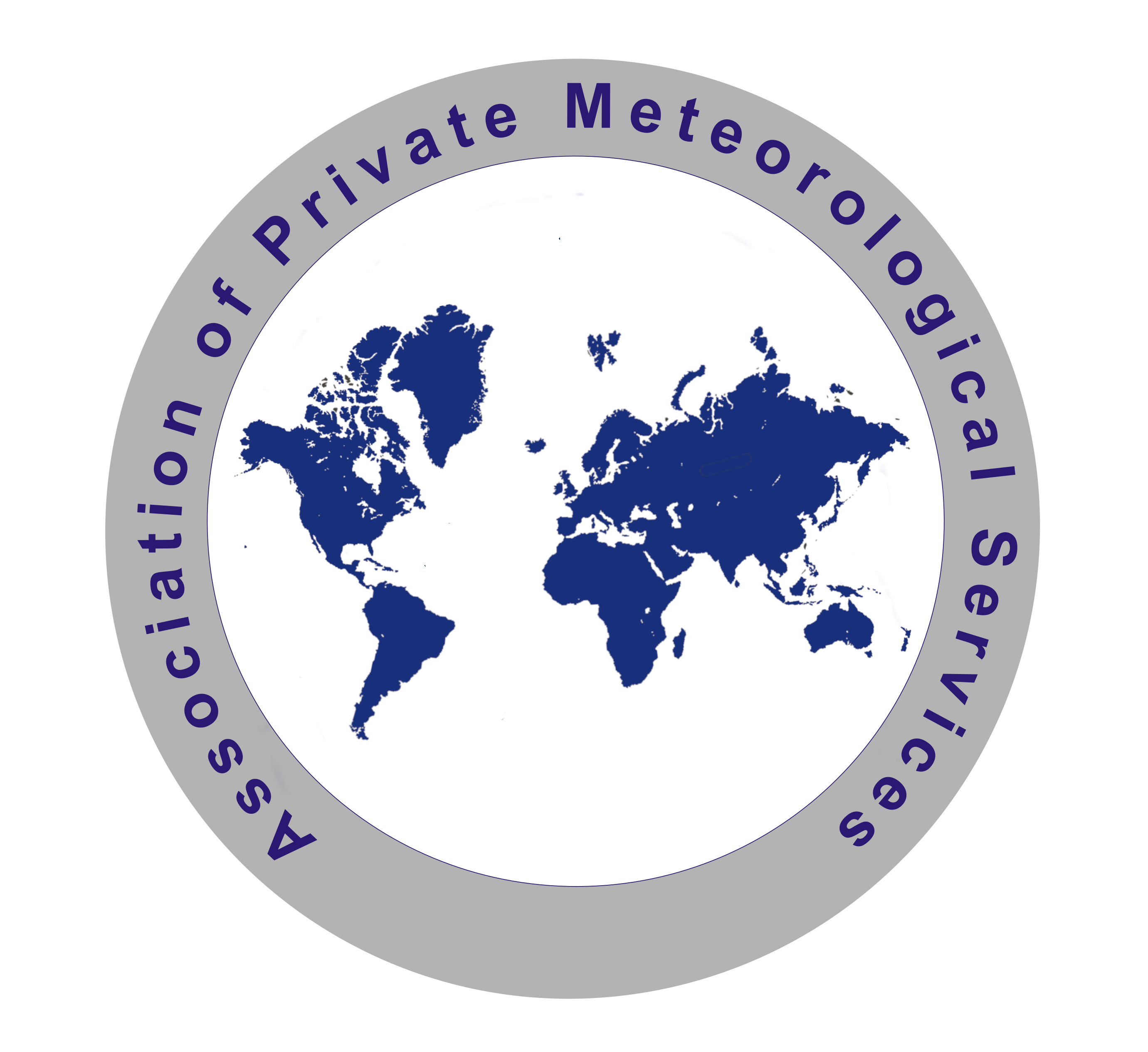Reducing weather risks to transport: air, sea and land
Increasingly as transport networks expand, with climate change and as our dependence on technology increases, we see that there is a need to mitigate against the disruption of land, sea and air transport.
This session invites contributions from those involved in developing weather-based solutions for reducing risk to air, sea and/or land transport. In particular, participants are encouraged to discuss strategic risk reduction in transport at organizational or national level, perhaps achieved through engagement with the aviation or marine community, stakeholders and users in road and rail networks.
In addition, the session welcomes presentations on other aspects of transport meteorology, including impact studies and verification of forecasts, meteorological services in the cockpit, and environmental impacts of aviation and other forms of transport.
09:15–09:30
|
EMS2024-358
|
Online presentation
09:30–09:45
|
EMS2024-635
|
Online presentation
09:45–10:00
|
EMS2024-969
|
Onsite presentation
10:00–10:15
|
EMS2024-499
|
Onsite presentation
10:15–10:30
Poster pitches















